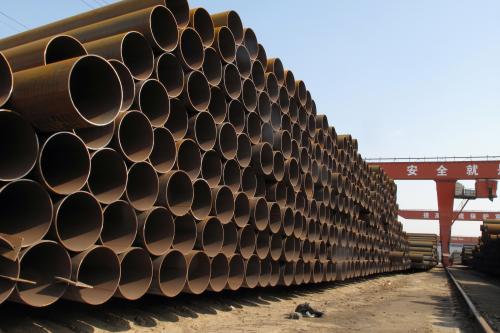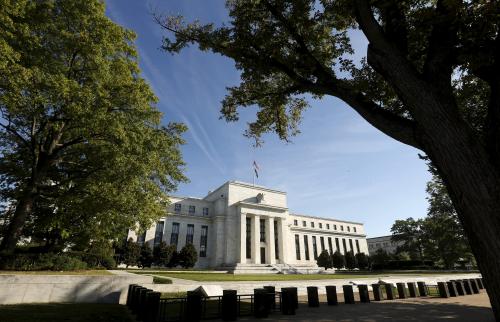Some things in Washington are surprises these days. Some are predictable. Here’s one of the latter. When the stock market went up, President Trump took credit. When the stock went down as it did this week, President Trump blamed the Federal Reserve. The Fed, he said, is “crazy.”
The Fed, of course, is raising interest rates after years of holding them at extraordinarily low levels. That has annoyed the president who, by his own description, is a “low interest rate person” as most real estate developers are and, frankly, as most U.S. presidents have been.
Let’s get one thing out of the way: The Fed may be making a mistake, but it is not crazy.
Here’s how the world looks to Jay Powell, the man who was appointed Fed chair by President Trump. It was a long slog, but the economy finally has recovered from the Great Recession. Inflation has finally come close to the Fed’s 2 percent target and, at 3.7 percent unemployment, the economy is at or very near full employment. Given a short-term boost by the Trump tax cut, the economy is growing at what is probably an unsustainably fast pace. In other words, demand is growing faster than supply and that is likely to push up the pace of price increases. So the Fed figures it’s time to take its foot off the gas pedal. It has lifted its key benchmark short-term interest rate to a range of 2 percent to 2 ¼ percent – which is around zero if you adjust for inflation. The Fed has not put its foot on the brake pedal yet, though several Fed officials would like to tap the brakes next year unless the economy slows substantially. This is all pretty standard textbook monetary policy. Sure, everyone would prefer an economy that grows faster and creates more good-paying jobs. The Fed’s job is to look ahead and say that a little restraint now – even if it means fewer jobs and higher mortgage rates – is better than letting the economy to overheat and forcing us to slam on the brakes and cause a recession.
Here’s the tricky part: Forecasting the economy is hard. Forecasters and the models they use basically try to apply lessons from the past to today. But the past is not always prologue. Based on history, for instance, we would have expected wages to be going up much faster today than they are. So maybe the economy has changed so much … perhaps workers have less bargaining power than they once did so employers don’t have to raise wages … that the Fed shouldn’t worry so much about incipient wage inflation. Perhaps the spread of online shopping has made it so much harder for companies to raise prices that the Fed shouldn’t worry so much of incipient price inflation. Perhaps the safe speed limit for the economy – the pace at which supply increases as fast as demand – is a little higher than most of us anticipated so the Fed should relax. And perhaps the good times are just about over, and Trump’s trade war with China or something else is going to hurt the economy in the coming months so the Fed should take it easy.
None of that means that the Fed should hold interest rates where they are today. Rates still are very low given the state of the economy. But all this does influence how far and how fast the Fed should be raising interest rates. Monetary policy often is made to be more complicated than it is. Right now Jay Powell and his Fed colleagues are trying to avoid one of two big mistakes: Raising interest rates too much and choking off economic growth unnecessarily, perhaps even causing an unwanted recession. Or raising rates too slowly so that we end up with an unwelcome burst of inflation.
In thinking about that, Fed officials are asking themselves: What are the consequences of being wrong? What’s worse: Raising rates too much and risking a recession or raising rates too little and risking inflation. In Fedspeak, this is called “risk management.” If you listen to Fed officials talk about the interest outlook these days, what you hear is a disagreement about which risk is worse. One side wants to be very cautious, moving rates slowly to avoid overkill. The other side wants to be more aggressive, moving rates up faster just in case inflation is around the corner.
In the U.S. as in nearly all capitalist democracies, politicians decided – wisely in my view – not to make these decisions themselves but instead to give the central bank some clear objectives – price stability and maximum sustainable employment in the U.S. – put some smart people in charge and let them decide what’s best given all the inevitable uncertainties and complications. And that is what the Fed is doing with more care and more thoughtful deliberation than we see these days in either the White House or the Congress.







Commentary
Wessel’s Economic Update: Are the Fed’s interest rate hikes a mistake?
October 12, 2018